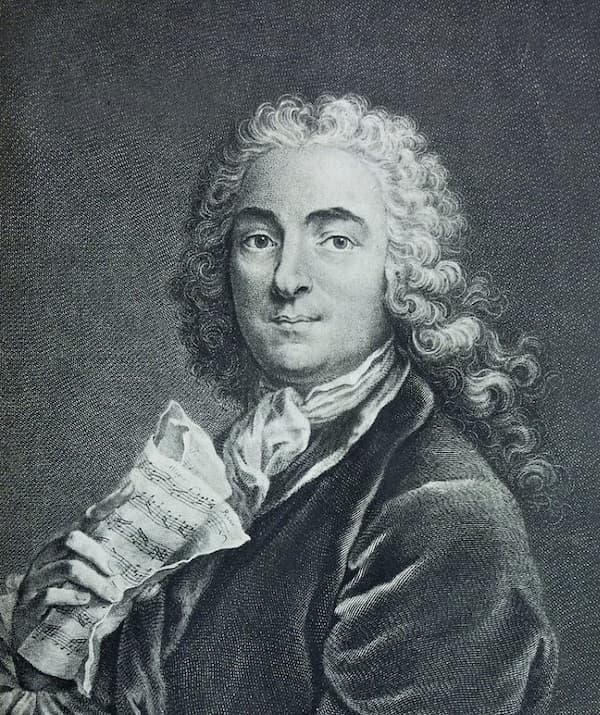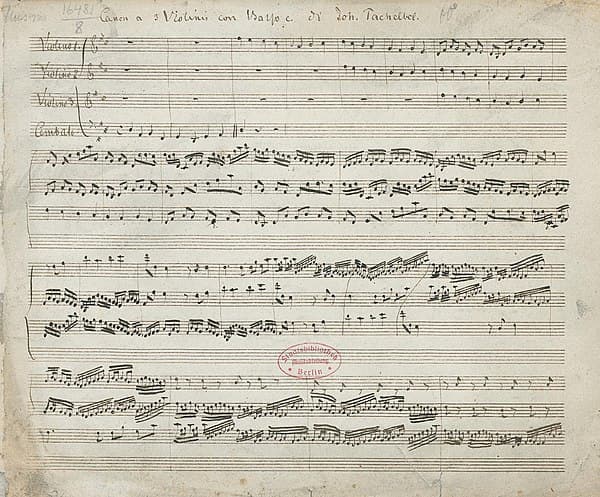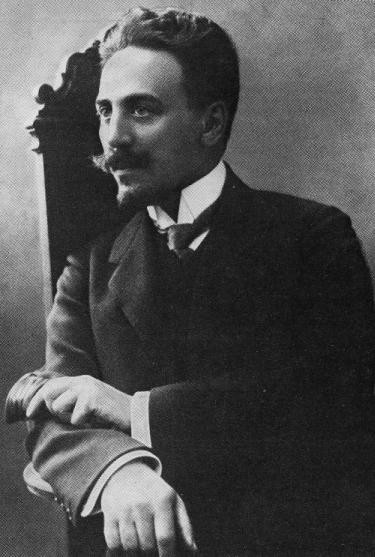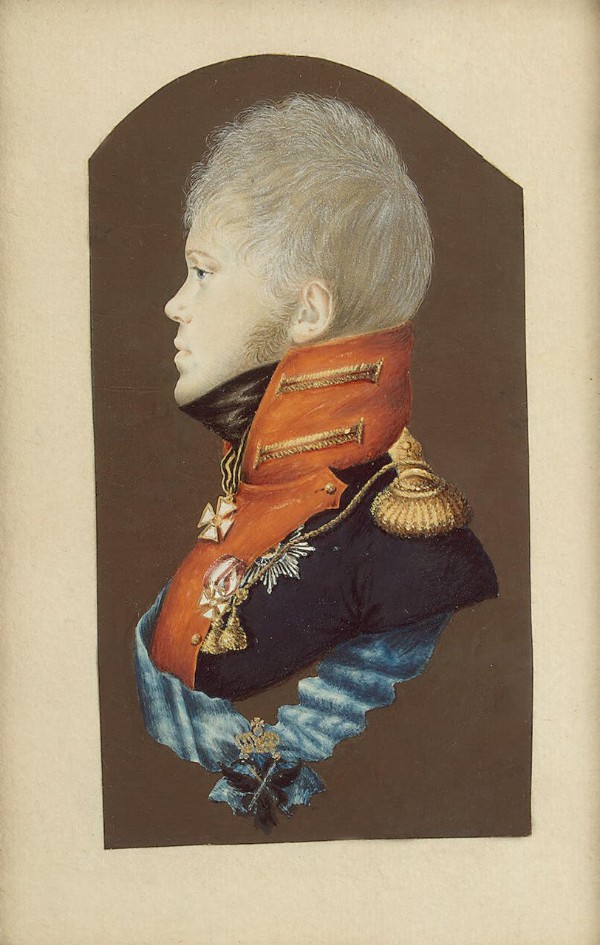Pachelbel’s Canon in D is one of the most recognisable pieces of classical music ever written, heard in countless films, on streaming playlists, and at weddings.
But the Canon wasn’t always so famous. For generations, it languished in obscurity, just waiting to be rediscovered.
Today, we’re looking at the life of Johann Pachelbel, his close connection to the Bach family, how his Canon was once lost to history, what it took to be rediscovered, and how pop music helped to cement the Canon’s place in modern pop culture.
The Life of Johann Pachelbel

Johann Pachelbel
Johann Pachelbel was born in September 1653 in Nuremberg.
In 1677, he moved to Eisenach in present-day Germany and took a job as court organist. While there, he met Johann Sebastian Bach’s father and even tutored some of the Bach family children.
The following year, he became an organist in the city of Erfurt. He remained close to the Bachs and continued teaching the kids.
One of his students was Johann Christoph Bach (Johann Sebastian Bach’s oldest brother and his music teacher). This made Pachelbel one of Johann Sebastian Bach’s pedagogical “grandfathers.”
In October 1694, Johann Christoph Bach got married, and he invited Pachelbel to provide the music. It is believed this would have been the only time that Johann Sebastian Bach (who would have been nine) would have had the chance to meet him.
Pachelbel died in 1706.
The Origin of Pachelbel’s Canon
Pachelbel’s most famous work is known today as “Pachelbel’s Canon.”
That Canon is part of a larger work, the “Canon and Gigue for 3 violins and basso continuo.”
Johann Pachelbel – Canon and Gigue in D (c. 1700)
Scholars don’t know the exact date of its composition, but believe it was written sometime after 1680.
Some scholars have theorised that it was written for Johann Christoph Bach’s 1694 wedding. It’s a great story, especially since the Canon is so popular at weddings today, but we have no solid proof to back that theory up.
The earliest surviving manuscript version of the Canon and gigue dates from around 1840, long after Pachelbel’s death, so there’s a limited amount that the score can tell us about the work’s origins.
Germany’s Rediscovery of Baroque Music
Fast forward two centuries.
In the late 1800s and early 1900s, there was a renewed interest in historical composers, especially in Germany. (Brahms was just one of the German composers who was fascinated and influenced by Baroque music.)
This interest was so strong that in 1912, German composer Max Reger wrote an entire concerto grosso in a Baroque style, calling it his “Concerto in the Old Style.”
Max Reger: Konzert im alten Stil, Op. 123
Clearly, there was persistent – and growing – interest in this era of music. The pump was primed for a work by a Baroque composer like Pachelbel to make a comeback.
Gustav Beckmann’s Rediscovery of Pachelbel’s Canon

Johann Pachelbel’s Canon
Musicologist Gustav Beckmann was born in 1883 in Berlin. He studied philology and musicology, graduating with his doctorate in 1916.
In 1918, Beckmann wrote an article about Pachelbel for a journal called Archive for Musicology, which included the score of Pachelbel’s Canon. The following year, he published the music separately from the article.
In 1929, musicologist Max Sieffert published the score to both the Canon and gigue.
Sieffert included articulation and dynamic markings that Pachelbel had left to the performers’ discretion, making the work more approachable for modern musicians.
The First Recording of Pachelbel’s Canon
The Canon was recorded for the first time in 1938 by violinist Hermann Diener and His Music College.
At the time, Diener was a 41-year-old German violinist.
A few years later, in 1944, Diener would secure a position on Hitler’s famous Gottbegnadeten list (the “God-gifted” list), which listed artists considered vital to upholding Nazi culture. Over 1000 figures were on the list, including Richard Strauss, Carl Orff, and Herbert von Karajan.
FIRST RECORDING of Pachelbel’s Canon in D by Hermann Diener and His Music College, 1938
The Famous Paillard Pachelbel Recording

Jean-François Paillard, 1958
Thirty years later, in June 1968, the Jean-François Paillard chamber orchestra recorded a new version of the Canon.
Jean-François Paillard was a French conductor, born in 1928, with a special interest in Baroque repertoire.
This new version boasted a considerably slower tempo from Diener’s recording, and a more sentimental, Romantic style of playing.
Jean-François Paillard: Pachelbel Canon in D major
This version was packaged by the Musical Heritage Society, a mail-order record label that had been founded in 1962. Recordings on this label were sent all around the world, creating a worldwide audience for the work.
Aphrodite’s Child Uses Pachelbel
Almost simultaneously, in July 1968, the Greek band Aphrodite’s Child released a reimagination of Pachelbel’s Canon on a track they called “Rain and Tears.”
Aphrodite’s Child – Rain and Tears
The record became a hit in Europe. Other bands, including Pop-Tops and Parliament, also used the Canon in their own songs between 1968 and 1970.
Pachelbel’s Canon Becomes Famous
The Paillard recording, along with the Canon’s appearance in pop music, kicked off a decade of popularity.
In 1970, a radio station in San Francisco broadcast the Paillard version of the Canon. Local record stores were immediately overrun with music lovers seeking to buy their own recording to have on hand.
Record companies scrambled to issue new recordings. In 1974, London Records reissued an old recording by the Stuttgart Chamber Orchestra from their back catalogue to help meet demand.
In 1979, one record store manager from Philadelphia told Knight-Ridder News, “It sold as well as a major rock album.”
Pachelbel Canon Appears in Pop Culture
In 1980, the piece was prominently featured in the soundtrack for the film Ordinary People, directed by Robert Redford and starring Donald Sutherland and Mary Tyler Moore.
Ordinary People (1980)
In 1980, the Canon appeared in Carl Sagan’s thirteen-part PBS documentary series Cosmos: A Personal Voyage, which became one of the most-watched PBS shows of all time.
In 1981, Prince Charles and Princess Diana used the “Prince of Denmark’s March” by composer Jeremiah Clarke as their processional. The Clarke piece was written in 1699, around the same time as Pachelbel’s Canon. This helped to contribute to the popularization of Baroque music, especially at weddings, and meant that Pachelbel’s Canon would be heard more than ever before.
Pachelbel’s Canon Today
Today, Pachelbel’s Canon is one of the most popular pieces of classical music in the world. Some people love it, while others have come to hate it.
Pro-Canon listeners point to its soothing character and joyful connotations with weddings, while anti-Canon listeners point to its repetitive cello part and the way it has oversaturated pop culture.
But whatever you think of Pachelbel’s Canon, it’s undeniable that the resurrection of this obscure piece of Baroque music has made a huge impact on music history.
And one thing’s for sure: that’s an outcome no one in the 1690s could have predicted!
For more of the best in classical music, sign up for our E-Newsletter


